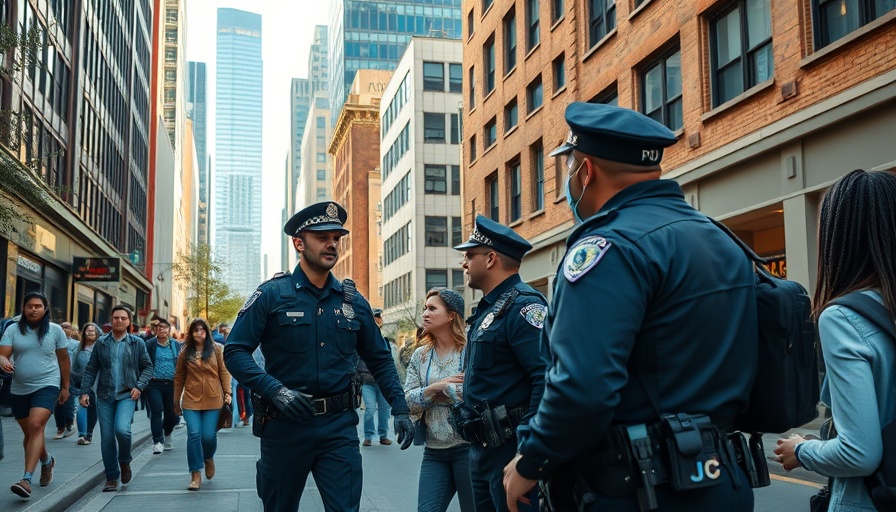
Understanding the Role of Property in Social Movements
The recent discourse surrounding property damage during protests has ignited intense debate, particularly within law enforcement and policy-making circles. The argument often posited is that property destruction undermines the legitimacy of movements demanding justice and reform. However, a nuanced analysis reveals that property, particularly in marginalized communities, is often viewed not merely as material possession but as a symbol of deeper systemic issues.
Historical Context on Property and Protest
Historically, property has been at the heart of various social movements. From the Boston Tea Party to civil rights protests, actions taken against property have often served as a catalyst for change. Understanding the historical significance of these actions helps frame contemporary discussions, suggesting that the destruction of property may not always equate to chaos but can symbolize a profound critique of existing power structures.
The Emotional Weight of Community Policing
This dialogue invites a worthwhile exploration of how policing strategies can evolve in response to community needs. Effective community policing strategies can address the grievances that often lead to protests and unrest. By fostering trust and accountability, law enforcement agencies can work collaboratively with communities to alleviate tensions before they escalate into acts of destruction.
Current Trends in Public Safety Innovation
With recent technological advancements in policing—such as body camera footage and data-driven policing strategies—officers now have tools at their disposal to enhance transparency and public safety. These innovations can play a critical role in reshaping narratives around protests and property destruction. Creating a culture of procedural justice and accountability can mitigate the factors that often lead to violent confrontations during social movements.
Consequences for Law Enforcement Leadership
The ramifications of renouncing property destruction extend beyond the immediate reaction to protests. Policymakers and law enforcement leaders must grapple with establishing effective strategies that not only address the aftermath of unrest but also proactively prevent it. By implementing innovative recruitment strategies and training programs that stress empathy and community engagement, police departments can pave the way for a more nuanced understanding of their role in civic discourse.
Actionable Insights for Policymakers
For those involved in shaping public policy, understanding these complexities is essential. Policymakers have the responsibility to engage in dialogue with community leaders, ensuring that the concerns that fuel protests are recognized and addressed with integrity and respect. Innovations in crisis intervention strategies can prevent escalations that lead to property damage and the potential for community-police conflict.
The ongoing discourse surrounding property destruction and protests highlights the urgent need for dialogue between law enforcement and communities. By recognizing the emotional and historical context pertinent to these discussions, society can foster a more profound connection that leads to meaningful reforms in policing and public safety. Therefore, it is imperative for policymakers and law enforcement officials to commit to developing strategies that bridge the gap between community needs and law enforcement practices.
 Add Row
Add Row  Add
Add 

 Add Element
Add Element  Add Row
Add Row 




Write A Comment